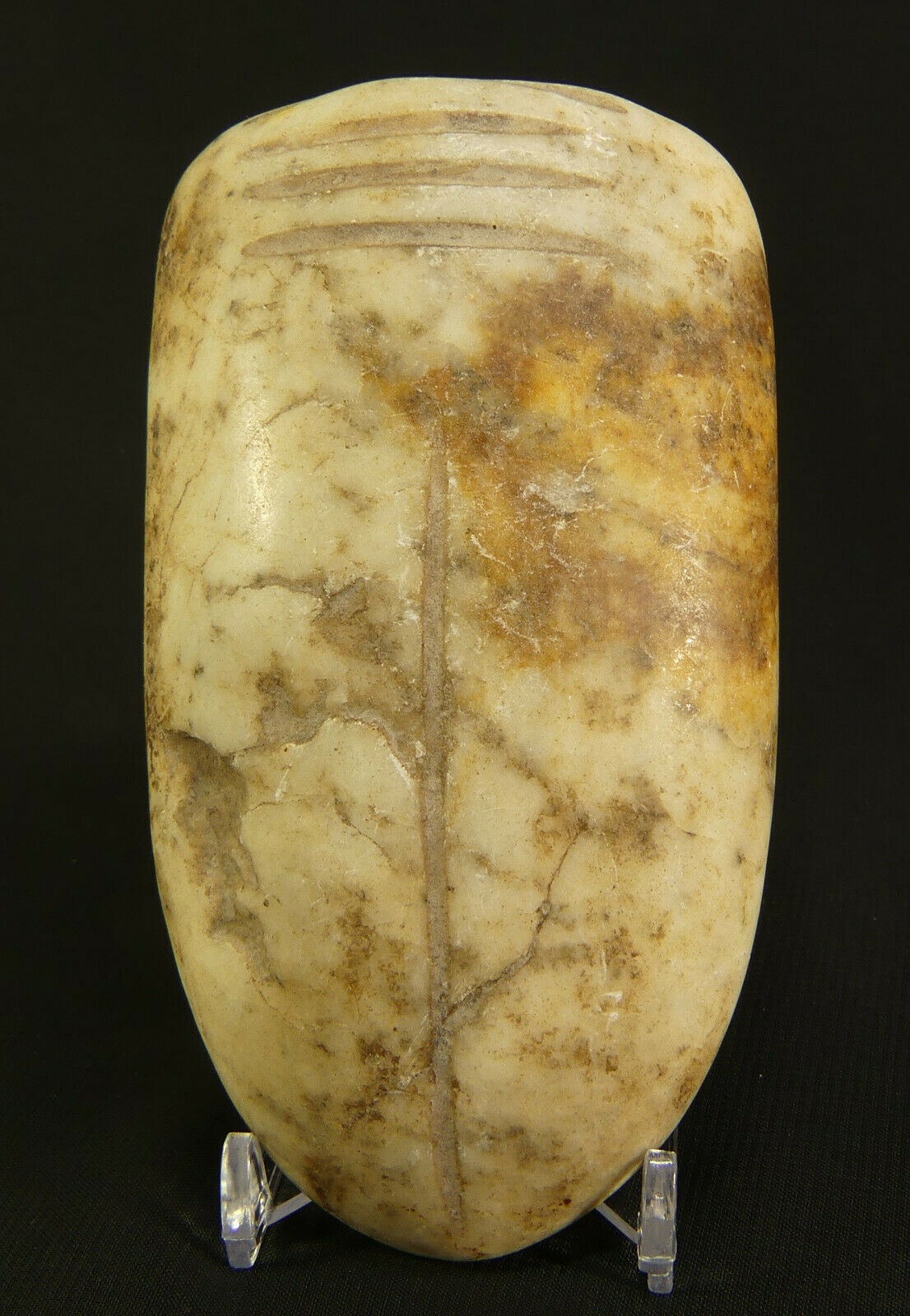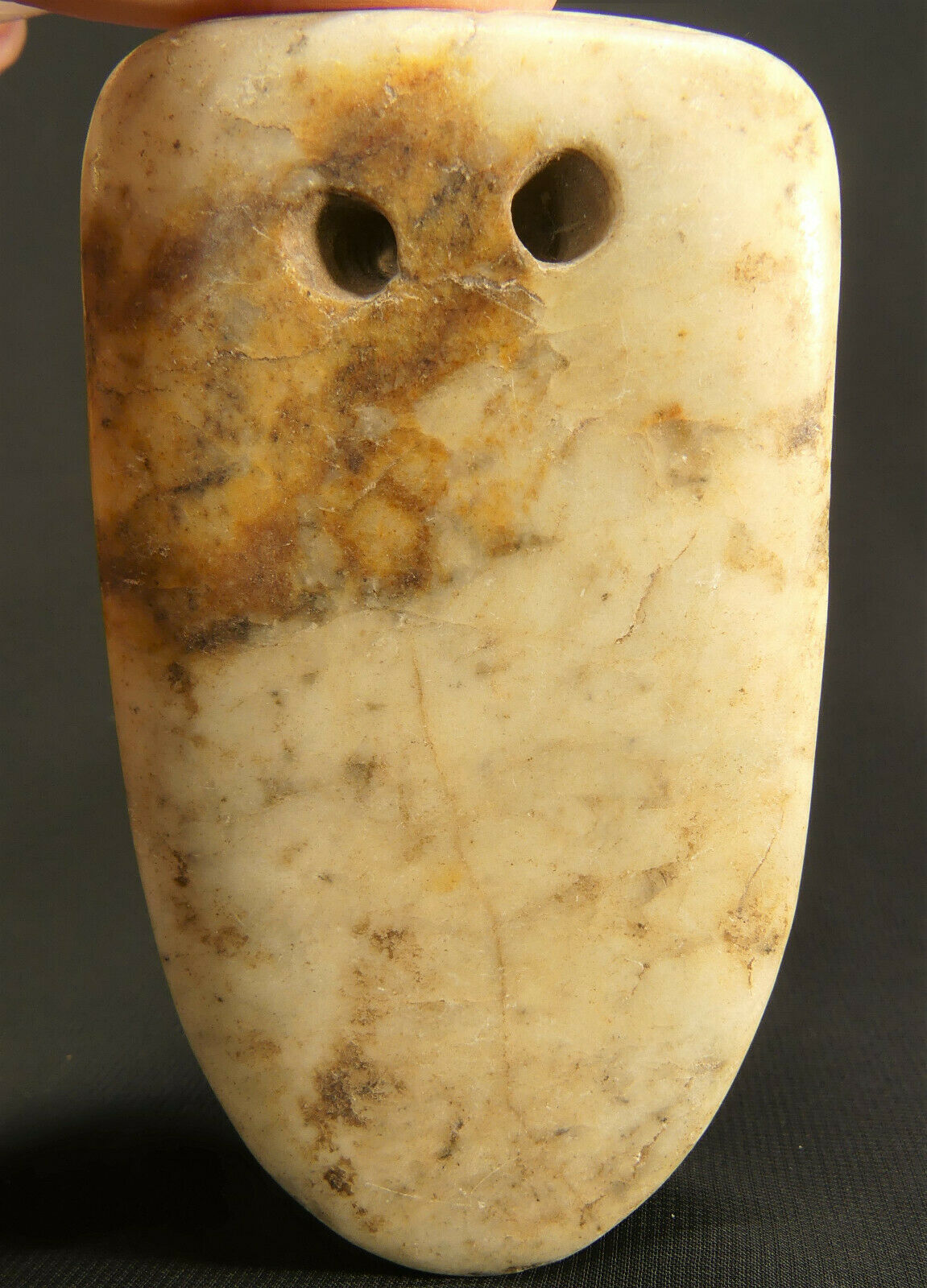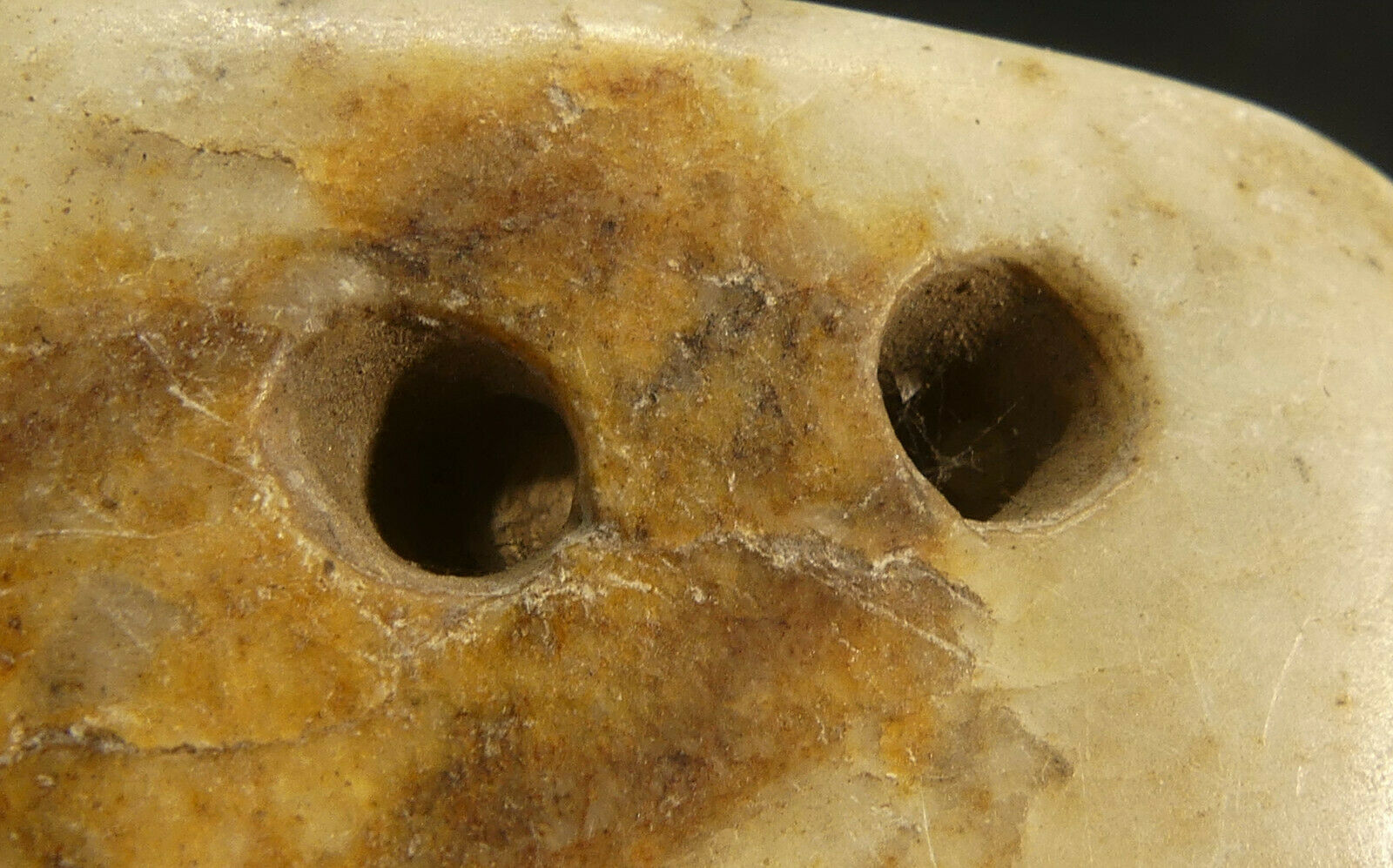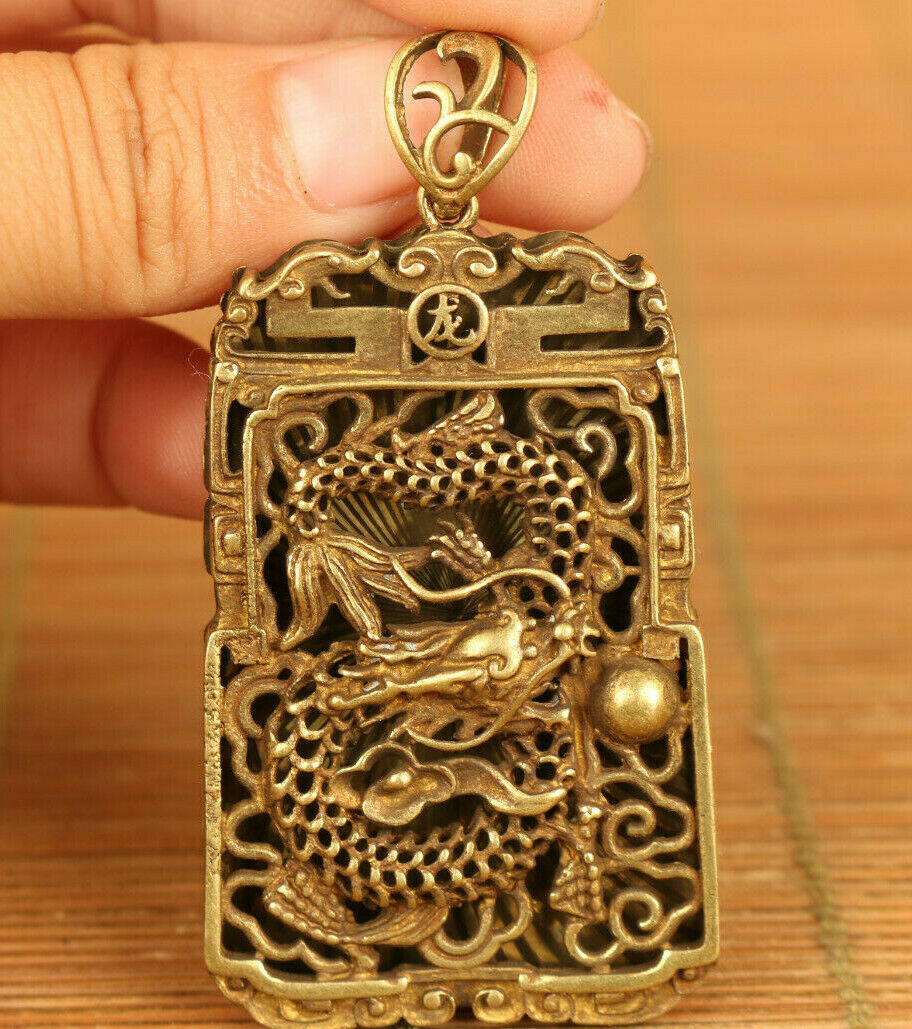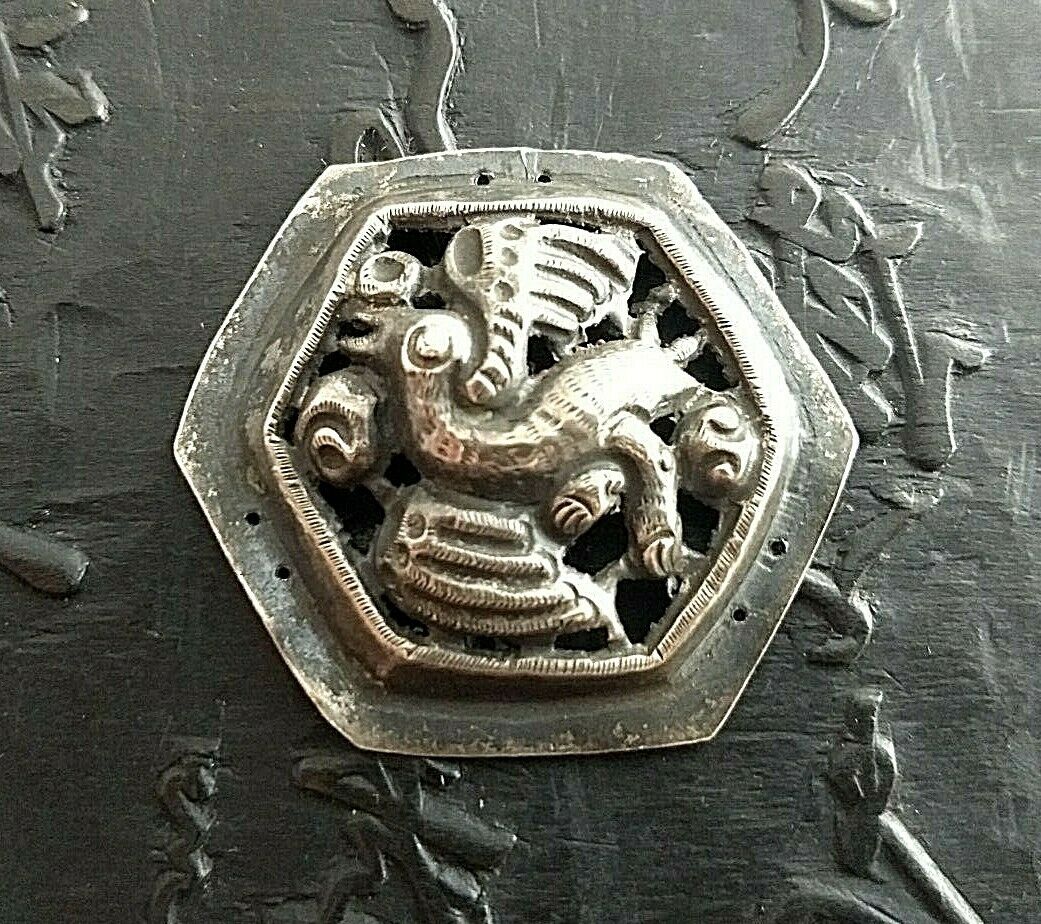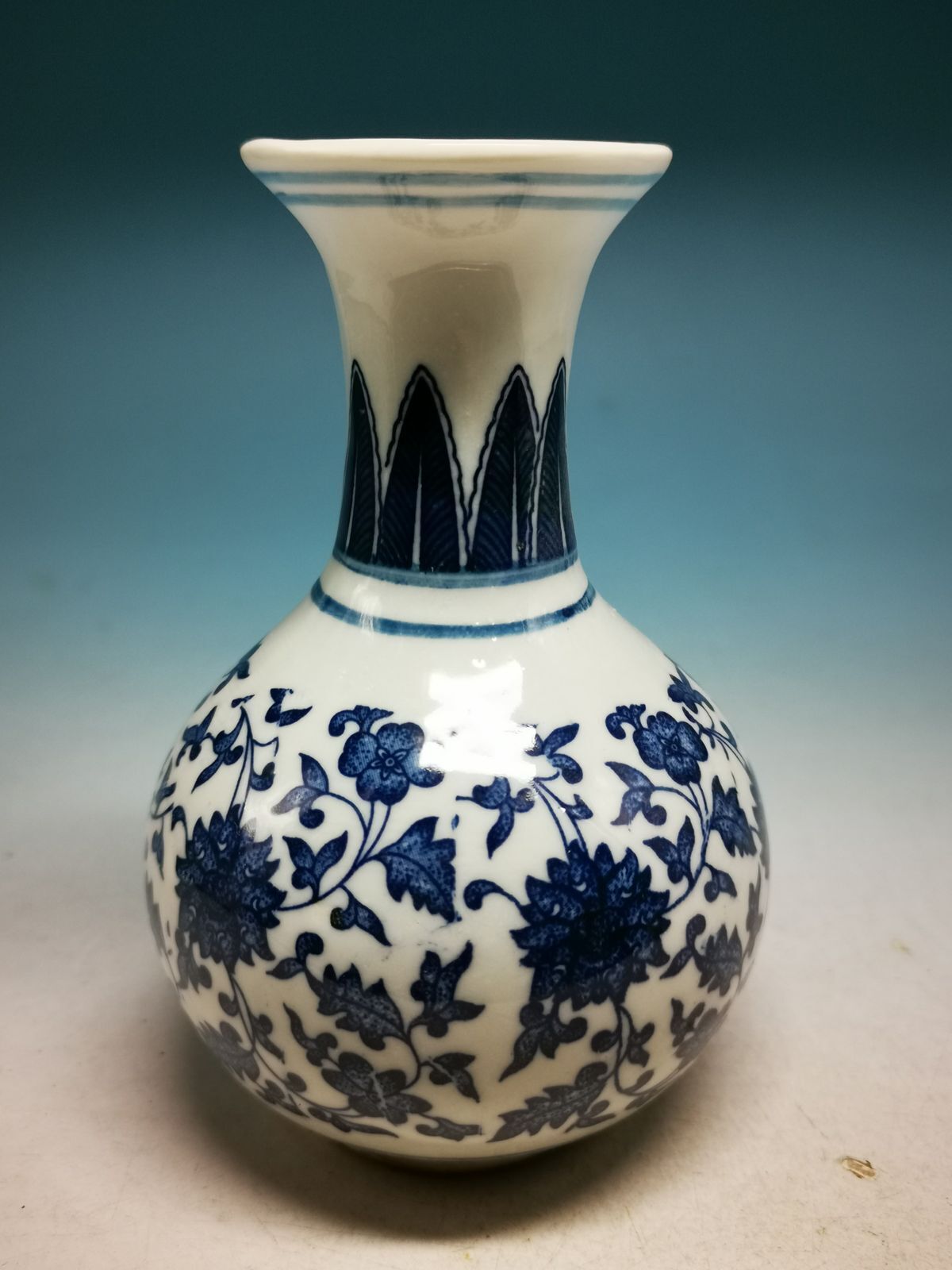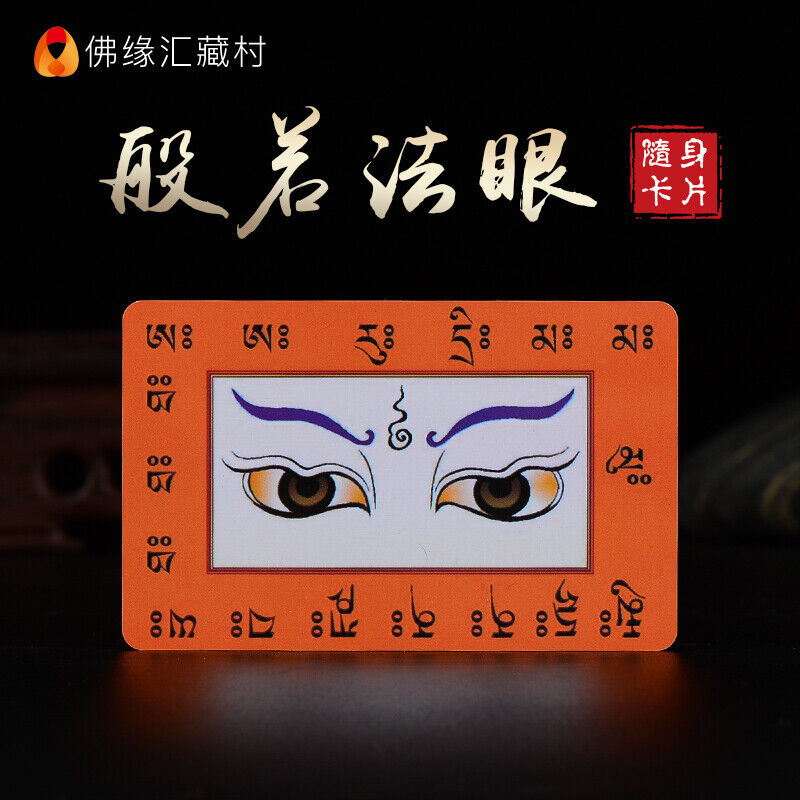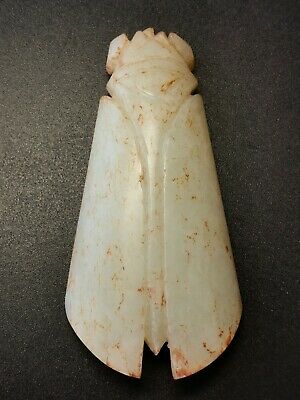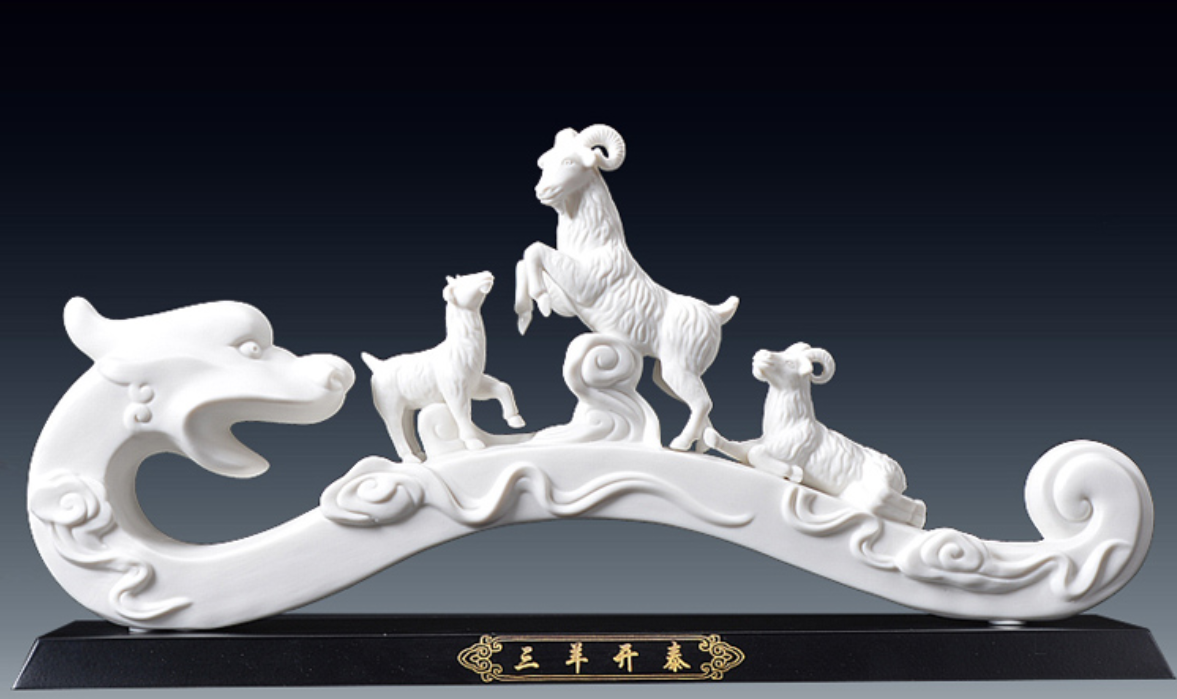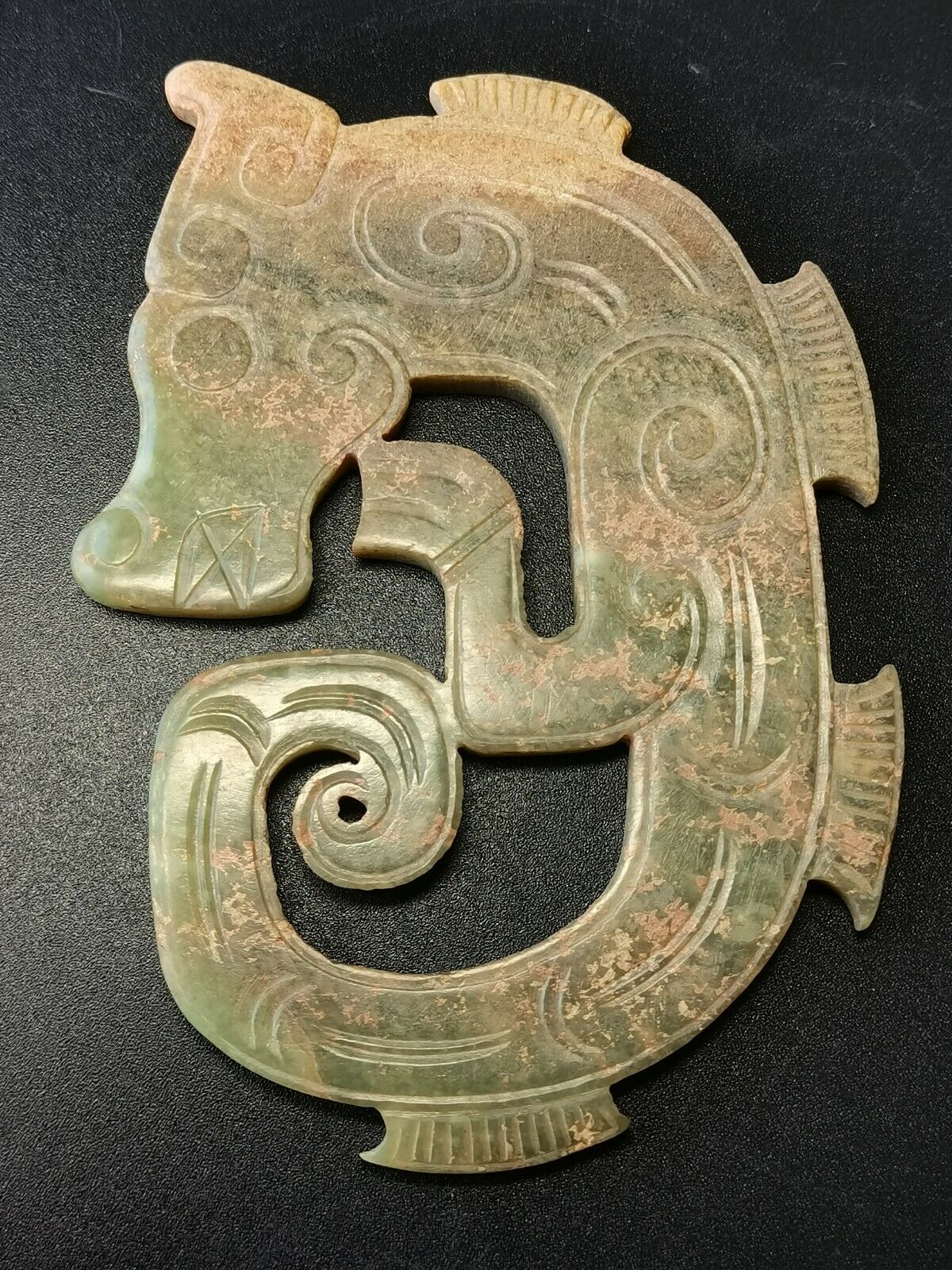-40%
X-RARE Ancient Chinese Hongshan White Jade Cicada & Dragon Amulet w/Translation
$ 8712
- Description
- Size Guide
Description
ANCIENT CIVILIZATIONSArtifacts, Antiques & Fine Collect
i
bles
Chinese Hongshan White Jade Cicada Amulet
Immortal Cicada {C
han
(
蝉
) in Mandarin} & Dragons
Translation of Early Pictographic Characters
c.
Hongshan Culture
4500 BC--2250 BC
“A Dragon can be unseen or visible, minute or huge,
long or short. However, always it is great.”
—Shuo Wen (c. 100 AD)
S
ummary
This very large, Cicada Amulet is made of prized, white Nephrite Jade and measures approximately:
·
4.50 (114mm) long
·
2.54” (65mm) wide
·
1.08” (28 mm) thick
·
Weight:
11.5 oz. (327 gr.)
This cicada, a symbol of immortality, has an estimated 30+ characters incised and pecked into all sides of the cicada.
These characters describe the offering of this jade amulet to the ancestors in order to ensure safe passage of the soul of the departed to immortality in Heaven. This number of characters is large for this Neolithic time period in China, as smaller jade cicada amulets only have less than five characters on them.
This jade offering appears to be from the son and grandsons of the deceased and was certainly a ritual offering to the Ancestors in Heaven to grant the deceased immortality.
This amulet offering had to be crafted and engraved for a wealthy upper class or royal person, as only those individuals would have the means to afford such an expensive and elaborate offering.
More details below.
Condition:
This amulet is in exceptionally good, museum quality condition, with no repairs or restorations.
There are some natural fissures in the jade, but that it normal. It has been professionally cleaned by the previous owners that allows us to better see the character inscription/dedication. But it still retains its lovely, original patina of mineral deposits in the cut lines.
This jade amulet has two, curved holes under the head of the cicada that would have been used for suspension around the neck--see macro photo # 8. Archaeologists classify these curved holes “Ox-Nose Holes” and they have been drilled by ancient hand tools at low RPM from both sides of the amulet—see macro photos. These holes are period correct and have a wonderful layer of calcium and micro-crystalline jade inside the bore holes—just perfect.
Details
Jade was highly prized by these early civilizations in China and it was thought to have positive energy to drive away evil spirits and bring good luck and fortune to all who wore a piece on their person—in life and in death. Jade was also believed to be a portal or messenger that could carry prayers to Heaven and send messages to those on Earth from departed ancestors and Gods in Heaven.
Offerings of jade, money, meat, and wine were usually offered by the sons and grandsons at the temples that were built about the royal tombs.
Cicadas are called
chan
(
蝉
) in Mandarin Chinese. But they are also referred to as
guo guo
(
蟈蟈
), which generally refers to a cricket.
In ancient China, the cicada was a symbol of transformation and resurrection because of its life cycle. The first 13 to 17 years of its life are spent underground, after which, it emerges in its final nymph stage. It then sheds its skin to reveal a mature form with wings, as this cicada is represented.
Cicadas were a symbol of this resurrection and the hope for immortality of the soul as it departed for Heaven.
English Translation of Jade Offering
As noted above, this unique amulet contains an estimated 30+ tiny, ancient, Chinese pictographic characters that have been incised and pecked into the amulet. The characters were normally written to offer sacrifice to the Ancestors and plead that they accept the soul of the departed into Heaven (
Tien
) for eternal life.
We know that this amulet was made in the mid-Hongshan Culture (4700 BC—2250 BC) because of the characters on this amulet, as this Neolithic culture used this type of character/word (also called graphics) from 3,800 BC until about 3,000 BC. This style of writing called
Shuowen Jiezi
was used before the next type of Chinese characters were used to form a written language that we now call Seal Script or
Ku’wen.
{Ref:
Chinese Characters
, Wieger, S.J., pg. 366.}
These amazing graphics can best be seen under 10x magnification, but even then I cannot see all of them clearly enough to decipher and translate them.
Millennia of mineral deposits and natural weather have made it difficult for me to clearly see the tiny figures—some only about 2mm tall, the largest is only 25 mm long.
This artwork is truly spectacular and of museum quality. Here are just a few of the characters that are engraved in the ancient pictographic script over 5,000-years-ago:
·
One of the largest characters is the one composed of the three lines that are on top of the head of the cicada.
That is the character “
San
” that means “Heaven, Earth & Mankind.”
In ancient form, it can also represent the perfect, parallel lines formed by a square.
{See macro photo # 5}
·
Another large character on the front of the amulet serves as the mouth of the cicada and looks like the letter “I” or “
Kung
” in Chinese and means superior skill or perfect work in Chinese.
This symbol is used to signify to the Ancestors and Gods in Heaven (in Chinese
Tien
) that the soul who was passed was a worthy man whose life on Earth was perfect and thus worthy to enter and live with the Ancestors for eternity. {
See macro photo # 6}
·
The soul of the departed rides on a Dragon as it carries him safely to Heaven.
{See macro photo}
·
Another Dragon deeply chipped onto the top of the cicada.
This figure appears to have been deeply pecked into the top surface on purpose and is not a flaw or damage.
{See macro photos # 1 & 4}
·
Ancestors
·
Offering of raw flesh from a sacrificed animal. The son has a flint knife in his hand.
{
See the arrow pointing to the Son with the knife in his hand macro photo # 7}
·
A tiny, winged Taotie monster that is carrying the soul of the departed and the prayers on his behalf to the Heavens.
{See the tiny Taotie inside the highlighted circle in macro photo # 7.
He has large, oversized round eyes that uniquely identify him as a TaoTie.}
·
A large animal (appears to be a rhino) that was sacrificed—with his head chopped off!
·
Another Fire-Breathing Dragon wards off Evil Spirits.
{See the fire image inside the highlighted macro photo #7}
·
Inside the photo of the large, highlighted star in photo # 7, you will see a Heaven Bird flying towards the starts and carrying the prayers of Earth to Heaven.
{See inside the large star in photo # 7}
·
An owl.
{See the tiny owl inside the highlighted rectangle on the right side of the highlighted macro photo # 7}.
·
And over an estimated 20+ other graphics/characters.
In ancient times, inscriptions and dedications to honor the deceased were oftentimes inscribed in places that only the Ancestors and Gods could see, or made so small that only the Ancestors could read them.
It was believed that mere mortals were not worthy to read inscriptions meant only for the eyes of departed Ancestors in Heaven (
Tien
).
The Hongshan Culture
The Hongshan were temple builders and city builders who created some of the earliest nephrite jade carvings. Their sophisticated Jade carving techniques employed technologies that exceeded simple explanations. It has recently been discovered that the Hongshan possessed the knowledge of metallurgy and employed the use of copper and iron from meteorites as tools to work their jade masterpieces. Many of the Hongshan Jade artifacts are well persevered because the Hongshan culture utilized slab burial tombs and because of the dry arid climate of Inner Mongolia.
As many of you know, Nephrite jade, also known as “soft jade” or “ancient Jade” in China, was used from China’s early Neolithic cultures in 8,000 BC to 1800 AD for carving all types of ritual and utilitarian items. Nephrite, which is somewhat “softer” than the jadeite used by Neolithic Japanese and European cultures, was easier to cut, carve, polish, and drill than jadeite. So, the ancient Chinese found that Nephrite Jade could be worked by using quartz or garnet sand, polished with bamboo or jade dust, and even drilled with wood drills that used a slurry made of jade dust and water as the abrasive.
Based on artifact evidence and 30 years of study, it appears that the Hongshan employed advanced jade shaping and carving tools that may have been made from meteorite iron or even diamonds. One fascinating study is the evidence of high content iron found in black jades used for ritual objects by the early Hongshan. Many of these artifacts are often magnetic and express the possibility that the Hongshan were aware of magnetic earth forces.
During China’s Neolithic Period, Hongshan Jade ritual and tomb objects were created for a period of more than 2,000 years. Hongshan jades have been discovered in large quantities with over 52 different types of Jade objects in various shapes and forms.
REFERENCES:
The Great Bronze Age of China
:
An Exhibition from the People’s Republic of China
, edited by Wen Fong, Metropolitan Museum of Art, 1980.
Stephen Payne, "
How to Purchase Archaic Jade
"
Ancient Chinese Warfare
, Ralph D. Sawyer, Mei-chün Sawyer
Archaeology
, Archaeological Institute of America, Feb/March 2015
Shanghai Museum, Hongshan Culture
British Museum, Hongshan Culture
National Palace Museum
MET, Hongshan Culture, NYC
Please examine the photos, some taken at 10x macro carefully as they are part of the description.
The stand and AA battery are not part of the auction, just included to give you a better perspective.
And please ask any questions before you buy.
Thank You!
Per e-Bay's rules, PayPal only please!
THANKS!
FREE SHIPPING within USA includes INSURANCE for all 50 United States.
International Buyers may have additional, shipping charges, import duties and/or taxes that are the responsibility of the Buyer.
I have carefully examined this ancient jade amulet and I GUARANTEE it to be 100% original and authentic or your money back! I’ve looked under 50x magnification under both natural and Black Light and I can find no signs of any modern tool work or repairs. The hand tool marks left in the jade by the master stone artist who carved, shaped, and incised this work of art appear to be consistent with those marks of other ancient jades I have examined.
Each object I sell is professionally researched, translated
(if I can...(smile)
, and compared with similar objects in the collections of the finest museums in the world. I have been dealing in fine antiquities for over 45 years and although certainly not an expert in every field, I have been honored to appraise, buy, collect, and enjoy and recently sell some of the finest ancient art in the world. When in doubt, I have worked with dozens of subject matter experts to determine the condition and authenticity of numerous antiquities and antiques. This careful examination helps to insure you are buying quality items and helps to protect your investment. There are many modern reproductions or "fakes" on the market today, so be sure and buy only from experts in the field.
